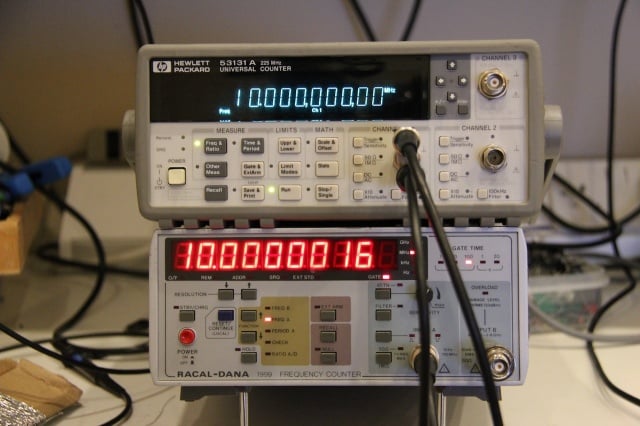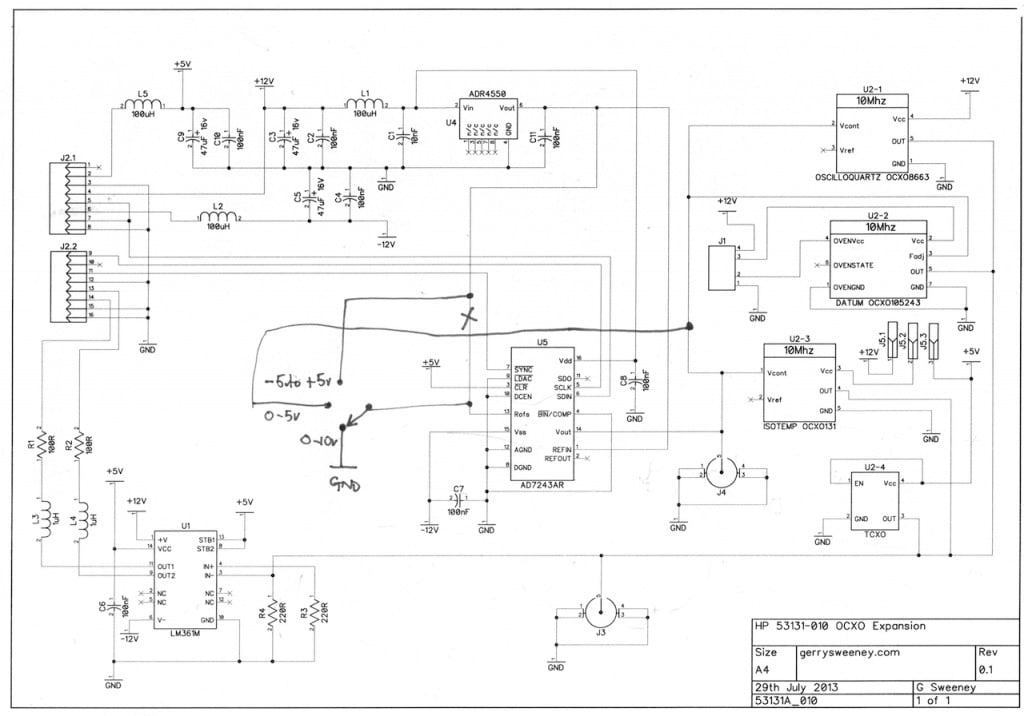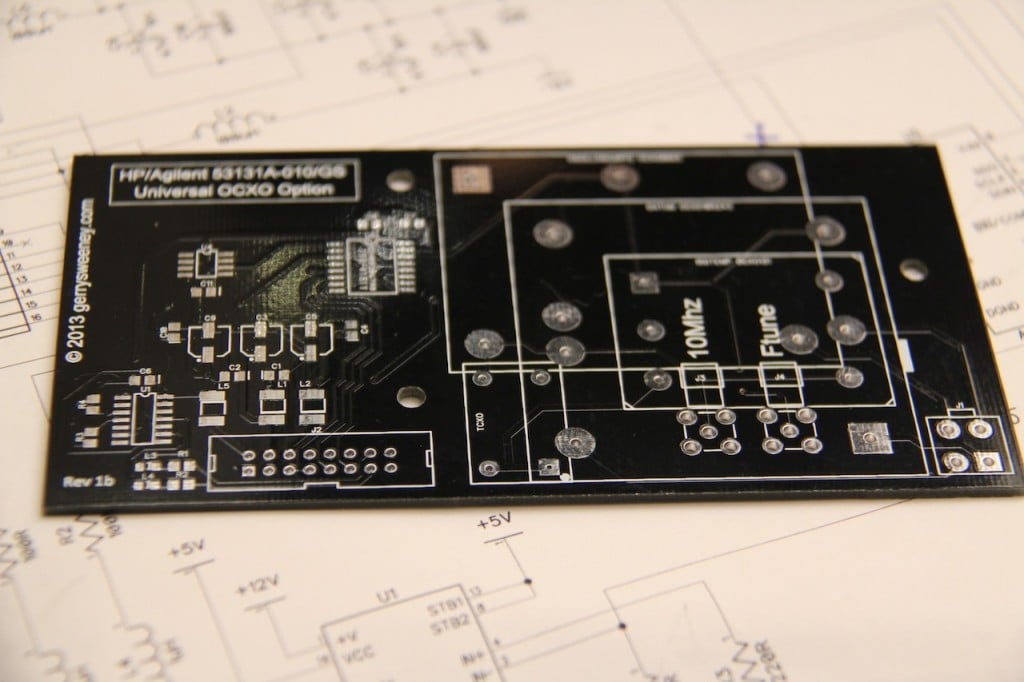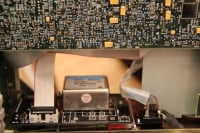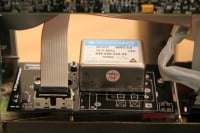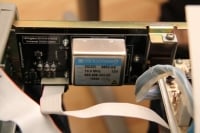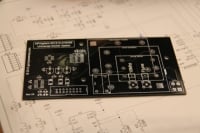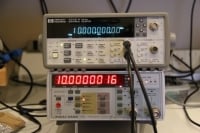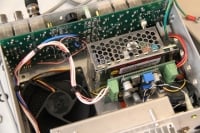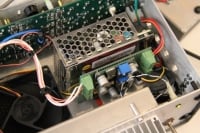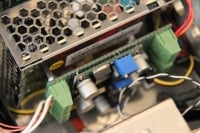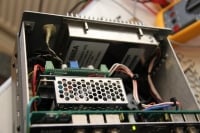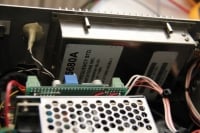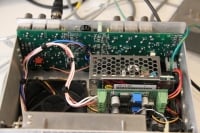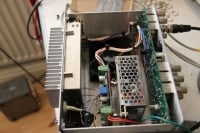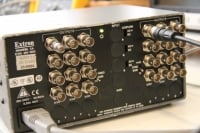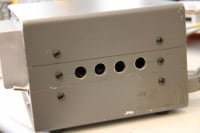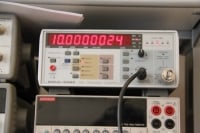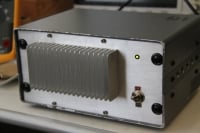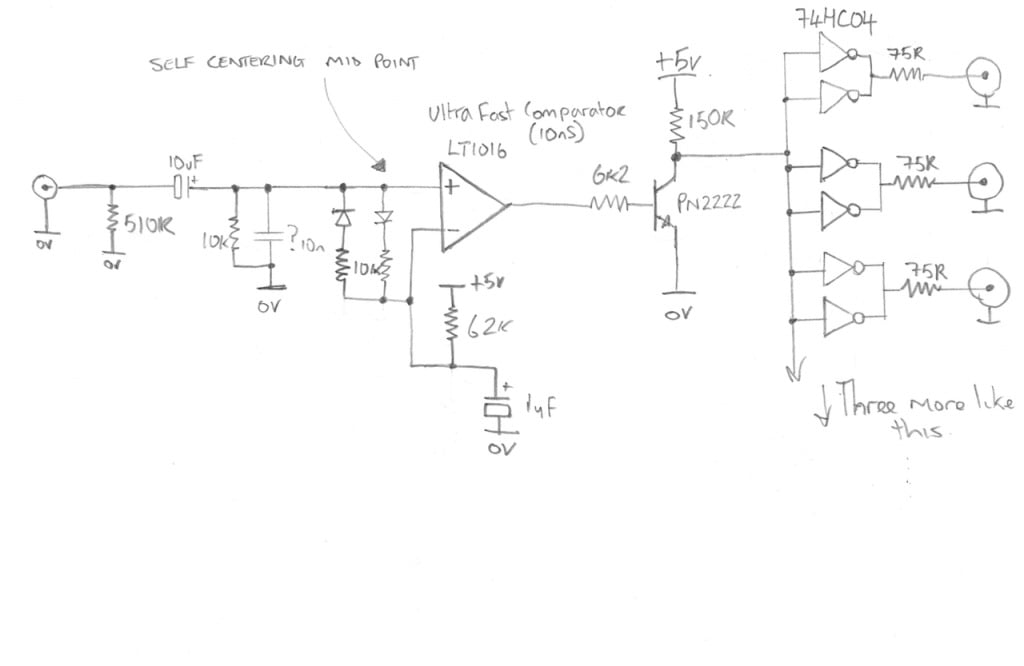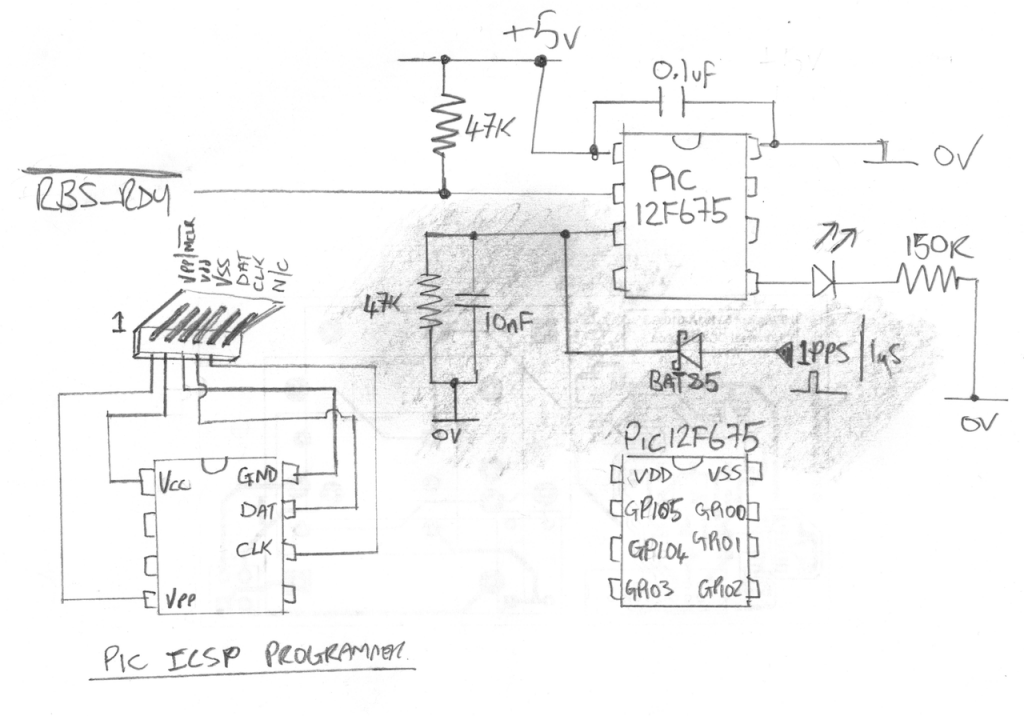A couple of months ago I joined the element14 community and decided to sign up for a Road Test which I did, for a Keithley 2110 DMM, I was not really expecting to be selected but I was which was great – so thank you element14 for the meter and the opportunity to do this review. Now while I am not planning to turn my blog into a review site, I figure that the odd review on new kit might be nice, especially if there is the opportunity to tear it down after the review – in fact I will not do any review that does not involve tearing down the kit to have a look inside.
I have specifically made this a video review so I wont write too much about the review here, you can watch the video for the detail (and the puppies too).
In summary though, I hated the display on first site and that made me want to dislike the meter too. But apart from the display, everything else about the meter, its performance, its build quality and apparent accuracy (so far as I can tell) is absolutely first class. If I had a wish list – or more to the point, if I were in charge of sales at Keithley this is what I would have done differently…
- Design in a decent display, anything other than what is in there – a nice VFD, or an OLED perhaps, or even a nicer LCD if you have to
- Ship a thermocouple
- Make the continuity beeper useful – its way too slow response-wise
- Write the software so it can be used on Windows, Linux and OSX – it really is not that hard to do
- Did I say a better display?
Lui Gough also reviewed the meter and has done a really nice write-up for his review, he also tested the software and data collection aspects of the meter, you can see his review right here: Lui Gough Keithley 2110 Review
Other Links
Coming up next, a teardown of the Keithley 2110….
